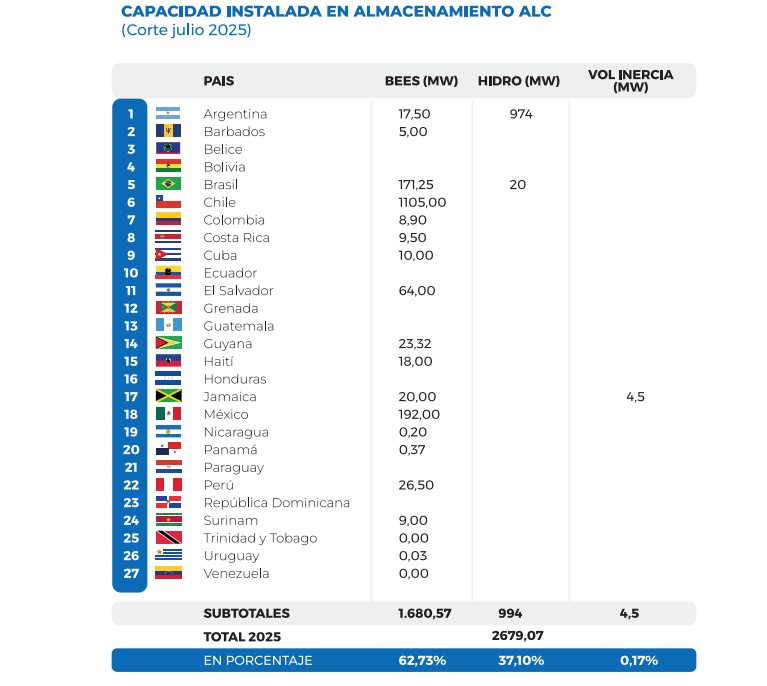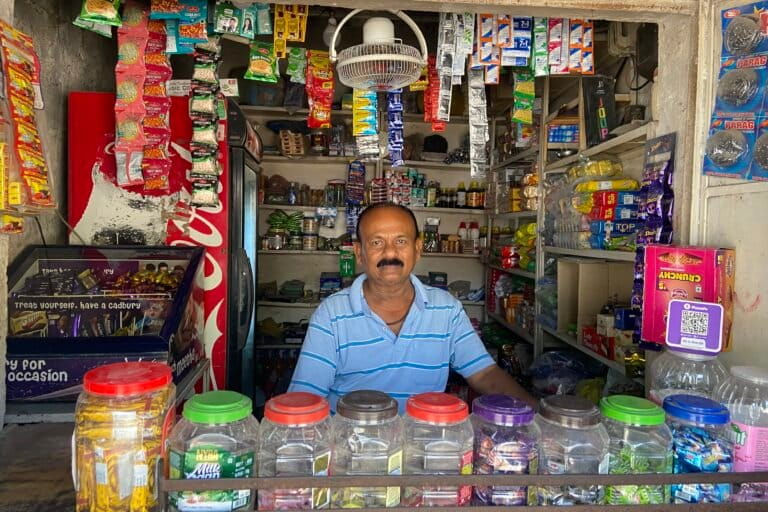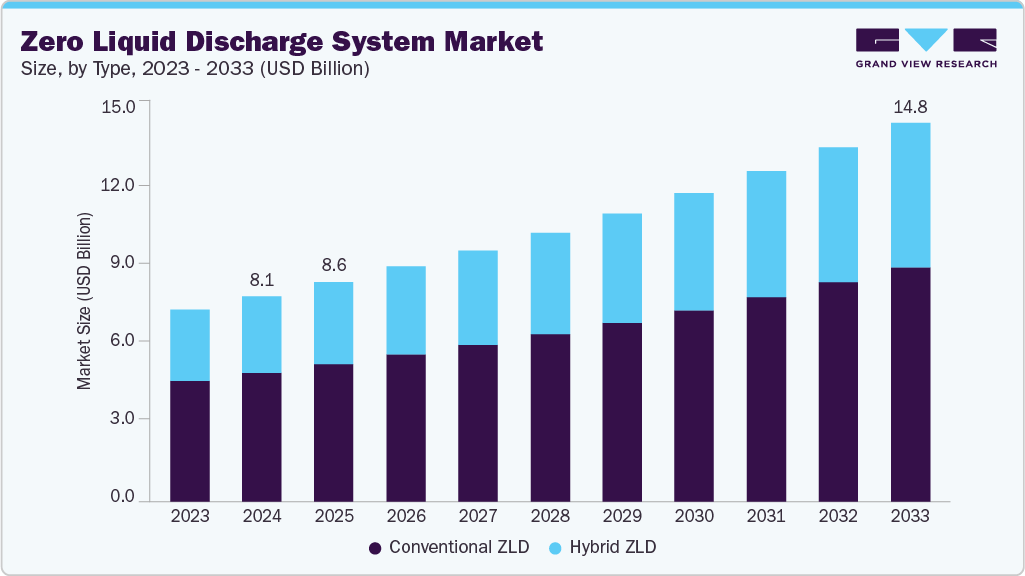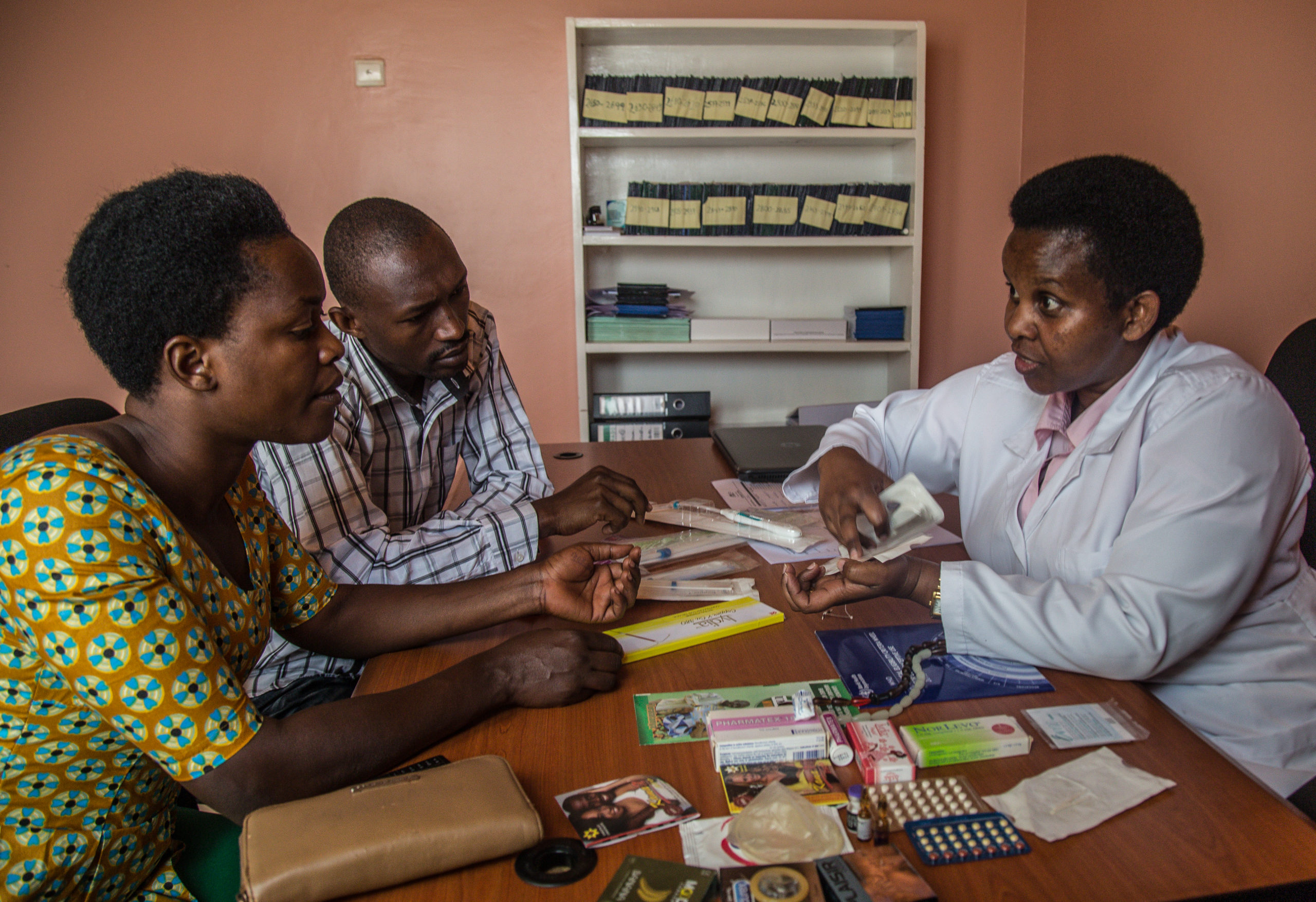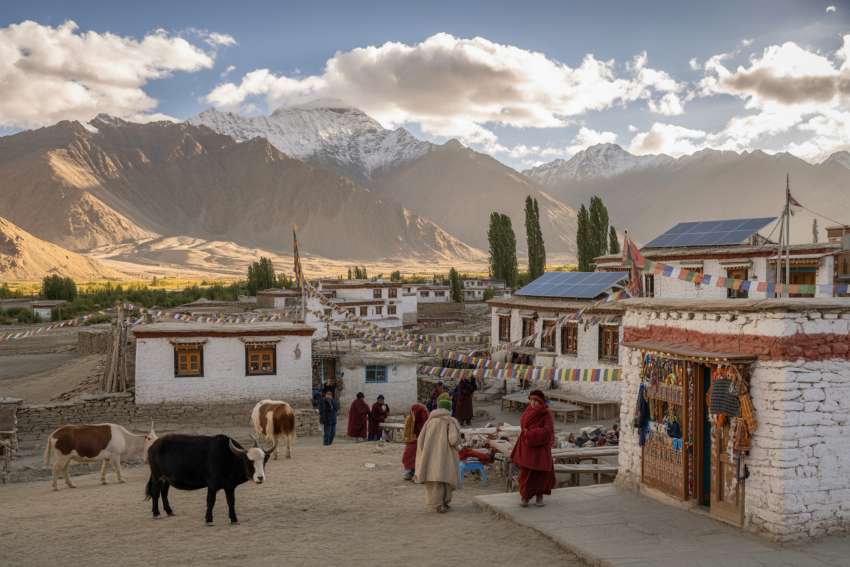Argentine academics reject Netanyahu’s visit over ‘crimes against humanity’ in Gaza – Buenos Aires Herald

Report on Protests in Argentina Concerning Israeli Prime Minister’s Visit and Implications for Sustainable Development Goals
Opposition to Diplomatic Engagement Citing Violations of SDG 16 (Peace, Justice and Strong Institutions)
A coalition of over one thousand Argentine intellectuals and artists has formally protested the scheduled visit of Israeli Prime Minister Benjamin Netanyahu. In a public letter, the signatories contend that the invitation extended by President Javier Milei is inconsistent with the principles of SDG 16: Peace, Justice and Strong Institutions. The letter accuses Prime Minister Netanyahu of responsibility for war crimes, crimes against humanity, and potential genocide in Gaza, labeling his invitation a form of “complicity with barbarism” that compromises Argentina’s commitment to global justice and human rights.
The statement argues that this diplomatic engagement undermines accountable institutions and contradicts Argentina’s humanist traditions. Signatories include prominent figures such as:
- Professor José Emilio Burucúa
- Former minister Graciela Fernández Meijide
- Film director Mariano Llinás
This position is reinforced by the International Criminal Court (ICC), which issued arrest warrants for Prime Minister Netanyahu and former Defense Minister Yoav Gallant, thereby underscoring the international call for justice and accountability central to SDG 16.
Humanitarian Crisis in Gaza and Contradiction with SDG 2 (Zero Hunger) and SDG 3 (Good Health and Well-being)
The protest highlights the severe humanitarian crisis in Gaza, which directly contravenes fundamental Sustainable Development Goals. The conflict has resulted in catastrophic outcomes that undermine SDG 3: Good Health and Well-being, with reports from Gaza health authorities indicating:
- Over 60,000 fatalities, including more than 18,000 children.
- Nearly 200 deaths from starvation, including 96 children.
Furthermore, the situation represents a grave violation of SDG 2: Zero Hunger. The ICC’s accusation against Israeli leadership includes “the war crime of starvation as a method of warfare.” This is corroborated by a report from the NGO Doctors Without Borders, which described the actions in Gaza as “institutionalized starvation and dehumanization,” directly opposing the global objective to end hunger and ensure food security for all.
Calls for Government Accountability and Reevaluation of International Partnerships (SDG 17)
A separate statement from the Socialist Intellectuals and Artists Assembly, titled Gaza: Before It’s Too Late, further criticizes the Argentine government’s foreign policy. Signed by over a thousand individuals, including writers Guillermo Martínez and Elsa Drucaroff, the letter denounces the administration’s “unconditional alignment” with the State of Israel. This stance is presented as a challenge to SDG 17: Partnerships for the Goals, which emphasizes global cooperation that advances, rather than undermines, peace, justice, and human rights.
The signatories explicitly repudiate the government’s alignment, stating their actions are “Not in our name,” thereby disassociating themselves from a partnership they view as complicit in genocide. In response, the Argentine Committee of Solidarity with the People of Gaza has called for public demonstrations across the country, including a march in Buenos Aires on August 9. These actions represent a civic effort to hold the government accountable and advocate for foreign policies that align with international humanitarian law and the Sustainable Development Goals.
1. Which SDGs are addressed or connected to the issues highlighted in the article?
The article highlights issues of conflict, justice, hunger, and international relations, which directly connect to several Sustainable Development Goals (SDGs). The primary SDGs addressed are:
- SDG 16: Peace, Justice and Strong Institutions: This is the most prominent SDG, as the article centers on accusations of “war crimes, crimes against humanity, and the possible crime of genocide.” It discusses the role of the International Criminal Court (ICC) and the demand for justice and accountability from Argentine intellectuals and artists.
- SDG 2: Zero Hunger: The article explicitly mentions the use of starvation as a weapon of war. It cites accusations of “the war crime of starvation as a method of warfare” and an NGO report describing “institutionalized starvation,” directly linking the conflict to food security and hunger.
- SDG 3: Good Health and Well-being: The significant loss of life, with “over 60,000 people have been killed, including more than 18,000 children,” directly relates to ensuring healthy lives and well-being for all. The deaths from starvation also fall under this goal.
- SDG 17: Partnerships for the Goals: The article discusses the diplomatic relationship between Argentina and Israel. The protest against President Milei’s “unconditional alignment” and “complicity with barbarism” touches upon the nature of international partnerships and their role in upholding or undermining global peace and human rights.
2. What specific targets under those SDGs can be identified based on the article’s content?
Based on the issues discussed, several specific targets within the identified SDGs are relevant:
SDG 16: Peace, Justice and Strong Institutions
- Target 16.1: “Significantly reduce all forms of violence and related death rates everywhere.” The article’s report of “over 60,000 people have been killed” in the conflict is a direct measure of the failure to meet this target.
- Target 16.3: “Promote the rule of law at the national and international levels and ensure equal access to justice for all.” The issuance of ICC arrest warrants for Netanyahu and the accusations of “war crimes” and “crimes against humanity” highlight the struggle to apply international law and ensure justice. The protests are a call to uphold this target.
SDG 2: Zero Hunger
- Target 2.1: “By 2030, end hunger and ensure access by all people… to safe, nutritious and sufficient food all year round.” The article describes a situation that is the antithesis of this target, with reports of “institutionalized starvation,” people dying of starvation, and Gaza being turned into “an unlivable hell where the only choices are to die of starvation or to die looking for food.”
SDG 3: Good Health and Well-being
- Target 3.2: “By 2030, end preventable deaths of newborns and children under 5 years of age…” The article’s mention that “more than 18,000 children” have been killed and “96 children, have died of starvation” points to a catastrophic failure to protect children from preventable deaths.
3. Are there any indicators mentioned or implied in the article that can be used to measure progress towards the identified targets?
Yes, the article provides several explicit and implied indicators that can be used to measure the status of these targets:
Indicators for SDG 16
- Conflict-related deaths: The figure “over 60,000 people have been killed” is a direct indicator for Target 16.1. The specific number of “more than 18,000 children” killed is a tragic sub-indicator.
- Actions by international justice mechanisms: The mention that “the International Criminal Court (ICC) issued arrest warrants for Netanyahu” serves as an indicator for Target 16.3, showing that international legal bodies are taking action against alleged crimes.
Indicators for SDG 2
- Deaths from starvation: The statistic that “nearly 200 people, including 96 children, have died of starvation” is a direct and severe indicator of the failure to achieve Target 2.1 (End Hunger).
- Use of starvation as a weapon: The accusation of “the war crime of starvation as a method of warfare” is a qualitative indicator of extreme food insecurity and a violation of international humanitarian law related to food access.
Indicators for SDG 3
- Child mortality figures: The numbers “more than 18,000 children” killed and “96 children” dead from starvation are direct indicators related to Target 3.2 (End preventable deaths of children).
4. Table of SDGs, Targets, and Indicators
| SDGs | Targets | Indicators Identified in the Article |
|---|---|---|
| SDG 16: Peace, Justice and Strong Institutions | 16.1: Significantly reduce all forms of violence and related death rates everywhere.
16.3: Promote the rule of law at the national and international levels and ensure equal access to justice for all. |
– Number of conflict-related deaths: “over 60,000 people have been killed.” – Number of child deaths in conflict: “more than 18,000 children.” – Issuance of arrest warrants by the International Criminal Court (ICC) for “war crimes” and “crimes against humanity.” |
| SDG 2: Zero Hunger | 2.1: End hunger and ensure access by all people to safe, nutritious and sufficient food all year round. | – Number of deaths from starvation: “nearly 200 people, including 96 children, have died of starvation.” – Accusations of “the war crime of starvation as a method of warfare” and “institutionalized starvation.” |
| SDG 3: Good Health and Well-being | 3.2: End preventable deaths of newborns and children under 5 years of age. | – Number of children killed: “more than 18,000 children.” – Number of children who died from starvation: “96 children.” |
| SDG 17: Partnerships for the Goals | 17.16: Enhance the global partnership for sustainable development. | – Diplomatic alignment described as “complicity with barbarism” and being “unconditionally aligned with the actions of the State of Israel,” indicating a partnership that undermines other global goals like peace and justice. |
Source: buenosairesherald.com

What is Your Reaction?
 Like
0
Like
0
 Dislike
0
Dislike
0
 Love
0
Love
0
 Funny
0
Funny
0
 Angry
0
Angry
0
 Sad
0
Sad
0
 Wow
0
Wow
0

























